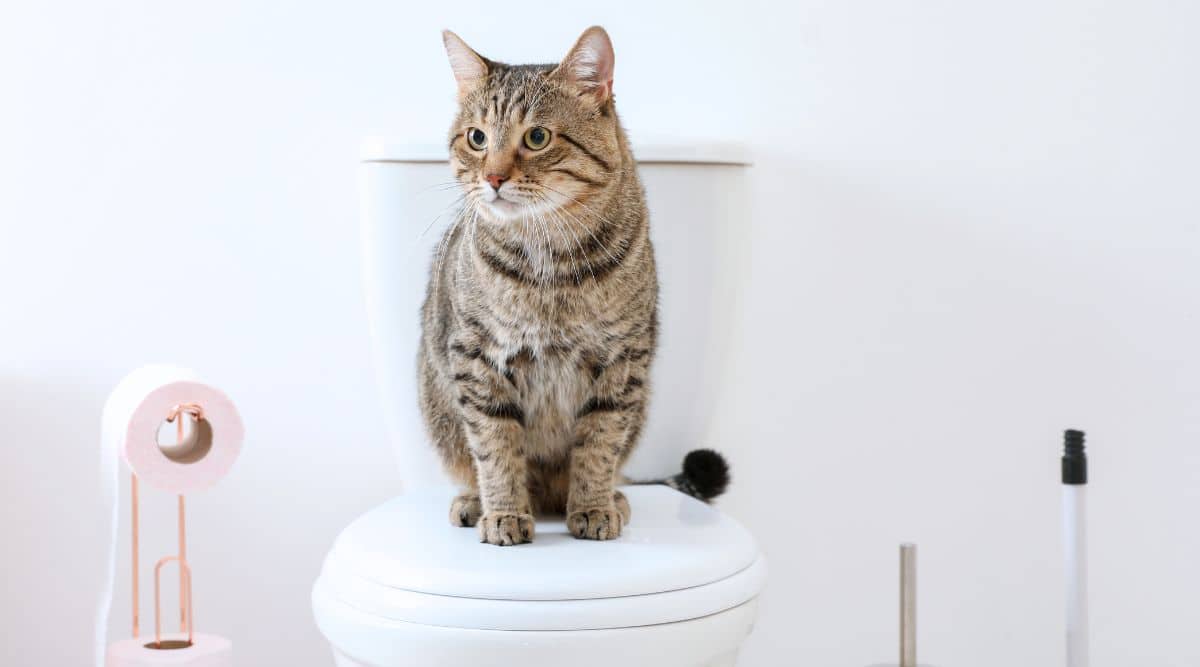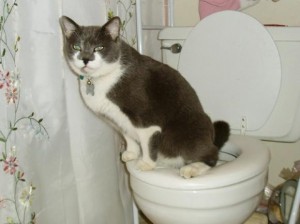Why You Mustn't Flush Cat Poop Down Your Toilet - Maintain Your Plumbing System
Why You Mustn't Flush Cat Poop Down Your Toilet - Maintain Your Plumbing System
Blog Article
Are you currently looking for facts around Can You Flush Cat Poop Down The Toilet??

Introduction
As pet cat proprietors, it's vital to bear in mind exactly how we dispose of our feline good friends' waste. While it may seem practical to flush feline poop down the commode, this technique can have destructive consequences for both the atmosphere and human health.
Environmental Impact
Flushing feline poop introduces damaging virus and parasites right into the water supply, posing a significant danger to aquatic ecological communities. These contaminants can negatively affect aquatic life and compromise water high quality.
Health Risks
In addition to environmental issues, purging feline waste can also position wellness dangers to people. Cat feces may include Toxoplasma gondii, a parasite that can trigger toxoplasmosis-- a potentially extreme health problem, particularly for pregnant females and people with weakened body immune systems.
Alternatives to Flushing
Luckily, there are more secure and much more accountable methods to deal with feline poop. Take into consideration the complying with alternatives:
1. Scoop and Dispose in Trash
The most typical method of disposing of pet cat poop is to scoop it into an eco-friendly bag and toss it in the garbage. Be sure to use a dedicated litter scoop and get rid of the waste quickly.
2. Use Biodegradable Litter
Choose naturally degradable cat clutter made from materials such as corn or wheat. These trashes are environmentally friendly and can be securely taken care of in the trash.
3. Bury in the Yard
If you have a lawn, think about burying pet cat waste in an assigned area far from vegetable gardens and water sources. Be sure to dig deep adequate to prevent contamination of groundwater.
4. Set Up a Pet Waste Disposal System
Purchase a pet waste disposal system especially developed for feline waste. These systems use enzymes to break down the waste, minimizing smell and ecological effect.
Final thought
Accountable family pet ownership expands beyond supplying food and sanctuary-- it also includes correct waste monitoring. By avoiding flushing pet cat poop down the toilet and selecting different disposal methods, we can minimize our ecological impact and shield human health.
Why Can’t I Flush Cat Poop?
It Spreads a Parasite
Cats are frequently infected with a parasite called toxoplasma gondii. The parasite causes an infection called toxoplasmosis. It is usually harmless to cats. The parasite only uses cat poop as a host for its eggs. Otherwise, the cat’s immune system usually keeps the infection at low enough levels to maintain its own health. But it does not stop the develop of eggs. These eggs are tiny and surprisingly tough. They may survive for a year before they begin to grow. But that’s the problem.
Our wastewater system is not designed to deal with toxoplasmosis eggs. Instead, most eggs will flush from your toilet into sewers and wastewater management plants. After the sewage is treated for many other harmful things in it, it is typically released into local rivers, lakes, or oceans. Here, the toxoplasmosis eggs can find new hosts, including starfish, crabs, otters, and many other wildlife. For many, this is a significant risk to their health. Toxoplasmosis can also end up infecting water sources that are important for agriculture, which means our deer, pigs, and sheep can get infected too.
Is There Risk to Humans?
There can be a risk to human life from flushing cat poop down the toilet. If you do so, the parasites from your cat’s poop can end up in shellfish, game animals, or livestock. If this meat is then served raw or undercooked, the people who eat it can get sick.
In fact, according to the CDC, 40 million people in the United States are infected with toxoplasma gondii. They get it from exposure to infected seafood, or from some kind of cat poop contamination, like drinking from a stream that is contaminated or touching anything that has come into contact with cat poop. That includes just cleaning a cat litter box.
Most people who get infected with these parasites will not develop any symptoms. However, for pregnant women or for those with compromised immune systems, the parasite can cause severe health problems.
How to Handle Cat Poop
The best way to handle cat poop is actually to clean the box more often. The eggs that the parasite sheds will not become active until one to five days after the cat poops. That means that if you clean daily, you’re much less likely to come into direct contact with infectious eggs.
That said, always dispose of cat poop in the garbage and not down the toilet. Wash your hands before and after you clean the litter box, and bring the bag of poop right outside to your garbage bins.
https://trenchlesssolutionsusa.com/why-cant-i-flush-cat-poop/

I came across that post about How to Dispose of Cat Poop and Litter Without Plastic Bags when browsing the search engines. Do you know someone else who is fascinated with the subject? Please feel free to promote it. Thanks for taking the time to read it.
Check It Out Report this page